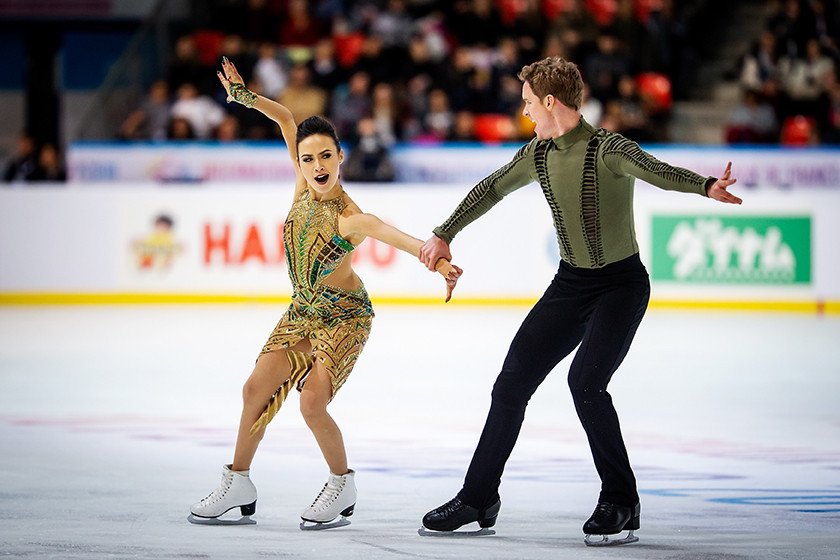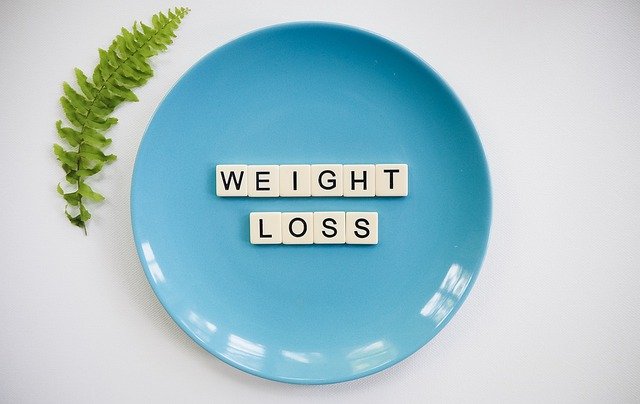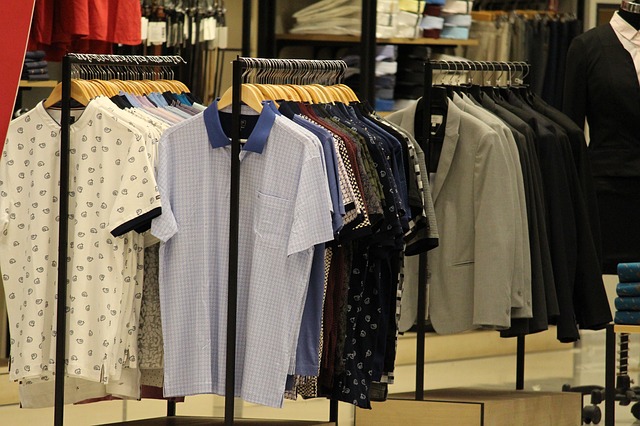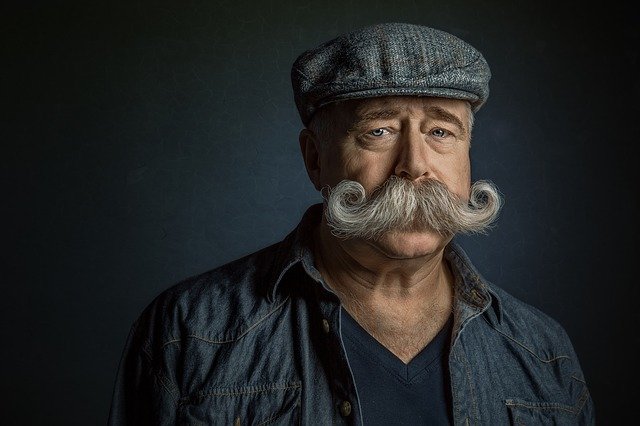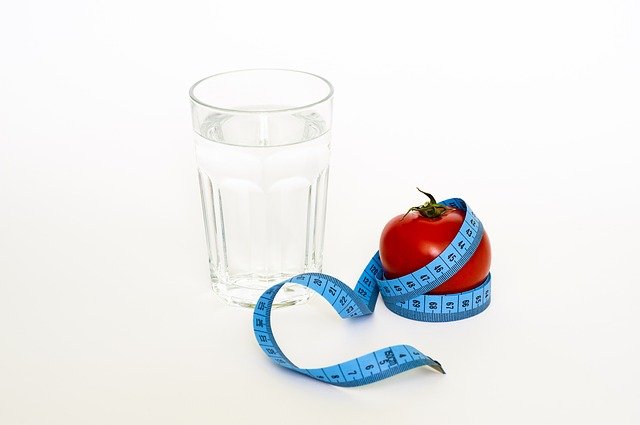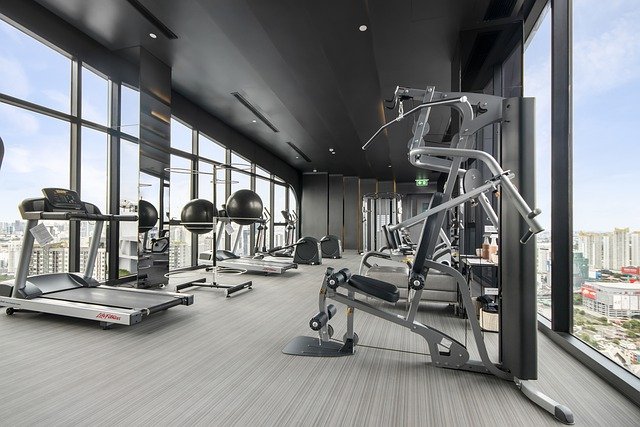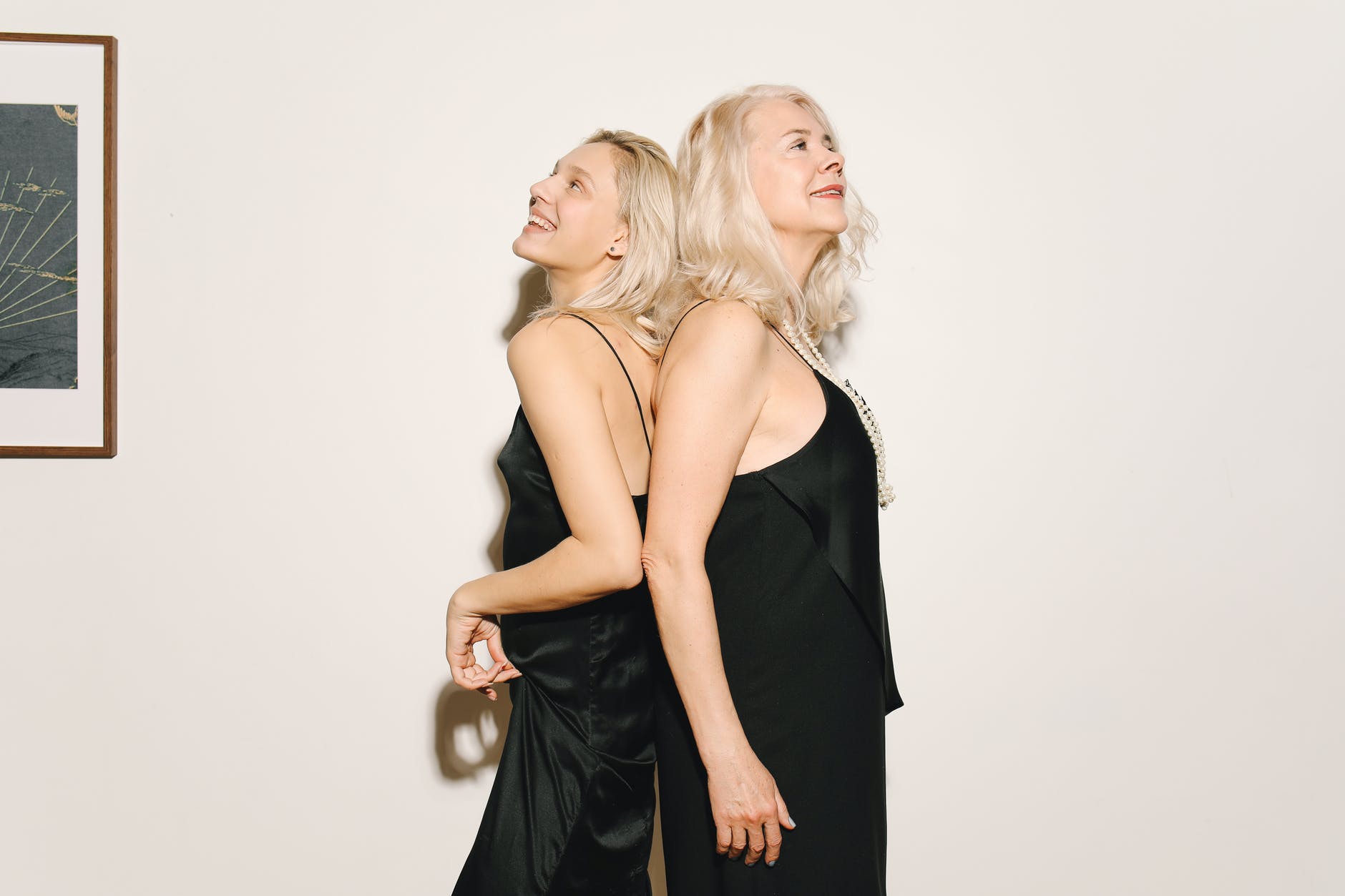The evolution of modern dance has been a history of reinvention. Dance, like fashion, has always reflected societal trends and expectations. The history of dance is an amazing story of how styles and techniques have been applied not only to the art of dance but to the very people who perform. As modern as contemporary dance may be, the history of dance is still steeped in tradition, and the influences of past cultures can be seen in the ways that dance is performed today.
No book to discuss the art of dance costumes and leotards worn by dancers would be complete without making mention of the history of figure skating. Over the last century and a half, skaters as diverse as Bobby Riggs and Paul Wang have combined their advanced technique with the practical elements of dress that are necessary for performing in competition. Dancers have relied on the versatility of skates and their design to create something more than merely functional footwear; dress has been directly responsible for the evolution of figure skating. And no book on the subject of fashion and dancing would be complete without discussing the influence of leotards worn by contemporary dancers.
One of the most notable skaters to ever grace the ice was figure skating champion Bill Cliff, who is still celebrated for his achievements to this day. He is not, however, the only prominent dancer to have designed their own dancewear, as former competitors such as Frank Beard and Herb Ellis have also used dancewear in order to advance their careers. In fact, contemporary dancers have had even more success in changing the face of traditional figure skating for the better, as the popularity of the sport has soared in recent years. Professional figure skaters have embraced the latest in dancewear technology, creating garments that are lighter and more flexible than the ones they wore in previous years, as well as allowing for skaters to increase their range of movement. These garments often feature a corset or a skirt that is specially designed to give dancers the maximum amount of support while they perform. Other garments include gloves, tights, socks, leggings, and even bodysuits that are designed to help dancers showcase all of their body types.

